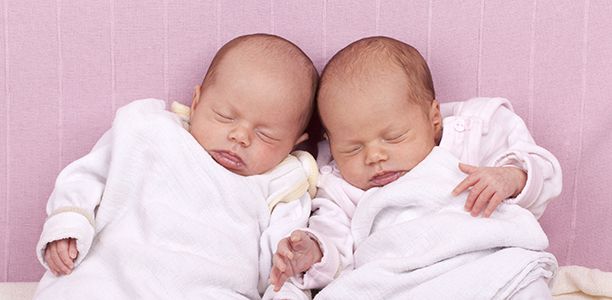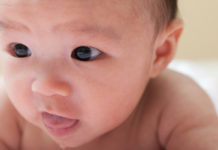A test to diagnose cerebral palsy at birth, which could allow infants access to critical early interventions, is one step closer thanks to research from the Murdoch Children’s Research Institute (MCRI).
The research, recently published in the journal Clinical Epigenetics, has taken the first step to identify a biological early warning signal that a child might develop cerebral palsy – a physical disorder that affects one in 500 Australians.
Supervising researcher Associate Professor Jeffrey Craig, now at Deakin University’s School of Medicine, said that although cerebral palsy mostly originated inside the womb, children may not get a diagnosis until one to two years of age, or even later in some mild cases.
“But by studying ‘epigenetic’ marks influenced by the early environment in the womb, we can predict which babies will develop cerebral palsy, enabling early intervention to help lessen the symptoms of this condition,” Associate Professor Craig said.
“This research is helping us understand more about the genes whose disturbance is associated with cerebral palsy. If we can refine our findings with more children, we may in the future be able to test children at risk for cerebral palsy, such as those born premature, and provide a diagnosis much earlier.
“This would reduce the burden for both parents and children, as early rehabilitation therapies can lessen the severity of symptoms.”
The study examined the heel prick tests of 15 pairs of identical twin children, routinely taken at birth, and focussed on sets of twins where only one had gone on to be diagnosed with cerebral palsy.
Lead researcher Namitha Mohandas, a PhD candidate at MCRI, said the team looked carefully for differences between the twins to get a clue as to whether they were different.
“We focused on examining each child’s ‘epigenetics’, which act like thermostats that make our genes work faster or slower,” Ms Mohandas said.
“We found that some gene switches are set at different levels in twins with cerebral palsy.”
This is the first study of its kind to find cerebral palsy may be associated with an ‘epigenetic’ signature at birth.
“Going forward, we have been funded to look at more children, both twins and non-twins, and we’re also working with collaborators in Adelaide to look for possible genetic causes of cerebral palsy,” Ms Mohandas said.
(Source: Murdoch Children’s Research Institute, Clinical Epigenetics)










